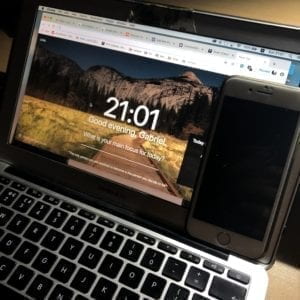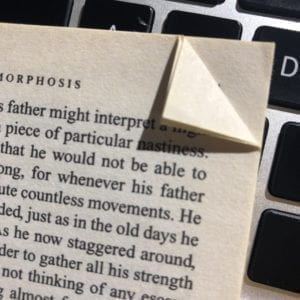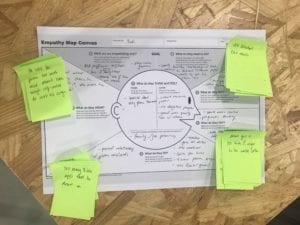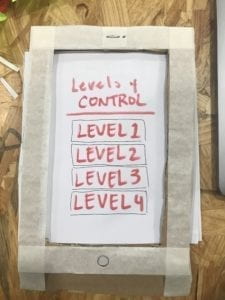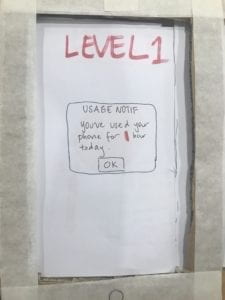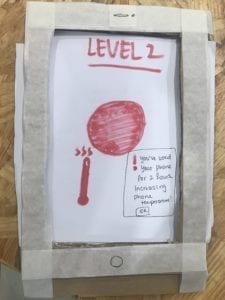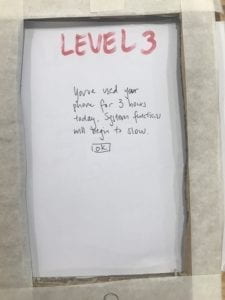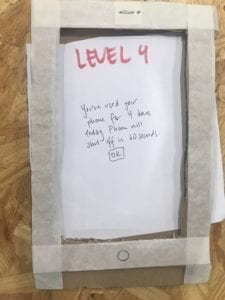In David Rose’s Lecture, “Enchanted Objects”, Rose expands on his ideal design/ technological future. This proposed future makes use of what Rose calls “Enchanted Objects”, seemingly normal and everyday items that are imbued with some sort of special skill. For example, Rose’s own design of an umbrella, functions and looks like a normal umbrella; however, it begins to glow if it detects any forecast of rain. Rose even mentions the relevance of fictional items from fairytales and legends, such as the flying carpet or Dorothy’s red shoes, all containing magical properties under the guise of normal items. These enchanted objects are what Rose hopes our society moves towards, creating a simple yet thoughtful lifestyle.
I found Rose’s design process and thinking extremely intriguing after watching the video. His mention of wanting technology and design to become more simple, and rudimentary to an extent, but effectively be able to complete their tasks. The phrase “Pervasive is Persuasive” embodies such thinking, with Rose explaining that when tasks and information are easily accessed through visual cues, humans are more likely to respond to them. Without having to go through a lengthy process of checking an app, simple colors or lights (that might even be in your periphery) do an equally, if not better job at notifying someone.
However, I feel that Rose’s idea of enchanted objects have several flaws, realistically speaking. For example, the introduction of enchanted objects seem to be mainly focused around consumers, related to their everyday tasks. In this context, enchanted objects are indeed an effective method for implementation. However, if we consider applying this method to a larger scope, where information might be too complex to convey in a simple manner, the idea of enchanted objects might not be as effective. Therefore, although this technology is very effective and seems promising, I fear it might only be relegated to a very rudimental level.
